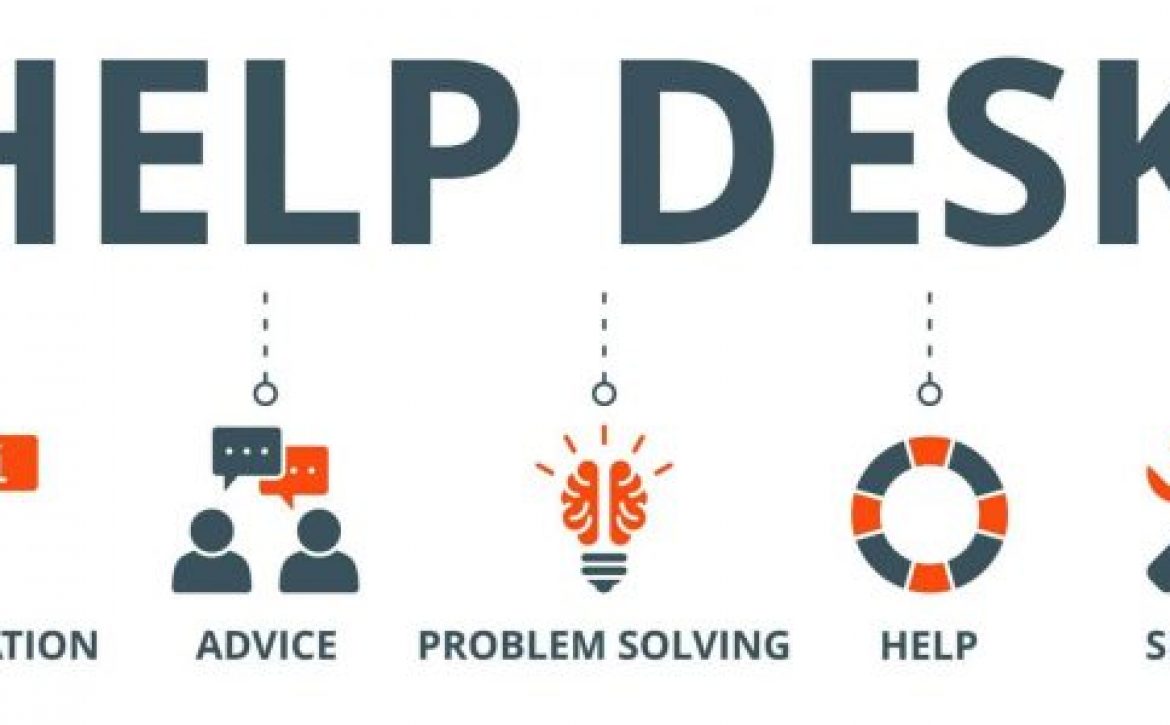The Value of Proactive Cybersecurity Insurance Audits
The Value of Proactive Cybersecurity Insurance Audits
Introduction
In an age where digital landscapes are expanding at an unprecedented pace, the importance of robust cybersecurity measures cannot be overstated. Organizations of all sizes are grappling with the evolving threat landscape, recognizing that a cyberattack could potentially cripple their operations and reputation. As a response to this escalating risk, many businesses have turned to cyber insurance as a protective shield against financial losses stemming from cyber incidents. However, obtaining and retaining a cyber insurance policy can be costly and requires more than just paying premiums; it involves undergoing thorough cybersecurity insurance audits. When these audits are done in advance, it often improves the ease of getting cyber insurance as well as the rates. In this article, we delve into the vital significance of preparing for a cybersecurity insurance audit and how it can safeguard your organization in the face of a digital onslaught.
The Context: Escalating Cyber Threats
In recent years, cyber threats have evolved in sophistication and scope, ranging from ransomware attacks to data breaches and beyond. High-profile incidents involving major corporations have highlighted the crippling financial consequences of cyber incidents, including business interruption, legal liabilities, and reputational damage. In light of this, cyber insurance has become a pivotal tool for mitigating potential financial losses.
The Role of Cybersecurity Insurance Audits
A cybersecurity insurance audit is a comprehensive evaluation of an organization’s cybersecurity measures and risk management strategies, conducted by an independent third party on behalf of the insurance provider. Its primary purpose is to assess the organization’s preparedness for handling cyber threats and its capacity to mitigate potential damages. By undergoing a cybersecurity insurance audit, businesses demonstrate their commitment to cybersecurity and ensure that they are adequately prepared to face any potential cyber incident.
Key Benefits of Preparing for a Cybersecurity Insurance Audit
- Risk Identification and Mitigation: A cybersecurity insurance audit offers a fresh perspective on the organization’s vulnerabilities and potential areas of weakness. This proactive approach enables businesses to identify and address potential risks before they escalate into full-blown security breaches.
- Enhanced Cybersecurity Measures: Preparing for an audit compels organizations to bolster their cybersecurity measures, which leads to a more robust and resilient security posture. This, in turn, reduces the likelihood of successful cyberattacks and minimizes the extent of damage should an incident occur.
- Compliance Alignment: Many industries are subject to regulatory compliance standards that mandate specific cybersecurity requirements. Preparing for an audit ensures that the organization is aligned with these standards, avoiding potential legal and financial repercussions.
- Strengthened Incident Response Plans: An effective incident response plan is essential for minimizing the fallout of a cyber incident. Preparing for an audit prompts organizations to refine their incident response strategies, enabling them to react swiftly and effectively to any breach.
- Negotiating Favorable Insurance Terms: A well-prepared cybersecurity insurance audit can lead to more favorable insurance terms and premiums. Insurance providers are more likely to offer competitive rates to organizations that demonstrate a strong commitment to cybersecurity. We have seen material reductions in projected costs though cybersecurity audits.
- Improved Reputation and Stakeholder Trust: A successful cybersecurity insurance audit communicates to stakeholders, including clients, partners, and investors, that the organization takes cybersecurity seriously. This fosters trust and enhances the organization’s reputation in the marketplace.
Conclusion
The digital landscape’s evolving nature demands that organizations adopt a proactive and multifaceted approach to cybersecurity. Cyber insurance serves as a crucial safety net against the financial devastation caused by cyber incidents, but its efficacy is maximized through meticulous preparation for the accompanying cybersecurity insurance audit. By embracing these audits as opportunities to bolster cybersecurity measures, mitigate risks, and enhance overall operational resilience, organizations can fortify their defenses against an increasingly hostile cyber environment as well as potentially lower cybersecurity insurance costs. In this era of persistent cyber threats, the value of preparing for a cybersecurity insurance audit cannot be overstated—it is a strategic investment in safeguarding the organization’s future.
Eaton & Associates Can Help Your Organization Prepare
Do you need assistance preparing for a Cyber Security Insurance Audit? Eaton & Associates is ready to help. Click here to start.
Cyber Security Resources:














